Collapse on world stock exchanges
The past 2015 and the beginning of 2016 were simply a shock period for large investors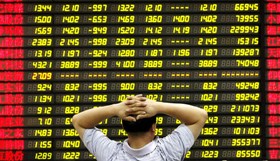 around the world.
around the world.
Many traders and analysts knew about collapses on world financial exchanges only from history in textbooks and financial magazines, and few of us could imagine that we would be able to see the so-called collapse with our own eyes.
On various information resources one could hear how the indices of the superpowers were rapidly falling, how the fall of the stock exchanges of certain states actively influenced the indices of other states, and it seemed that due to the loss of only one element, the entire financial system sank one after another along the chain.
Events in China
News from the Middle Kingdom this year had one of the strongest impacts on the financial world. The usual growth of the Shanghai Composite index, which is traded on the Shanghai Stock Exchange, attracted investors from all over the world.
Just imagine, from November 2014 to June 2015, the index grew by more than 2,500 thousand points. Production growth, a strong economy, and cheap labor simply pushed the growth of shares of China's largest enterprises, and as a result, the main Shanghai Composite index.
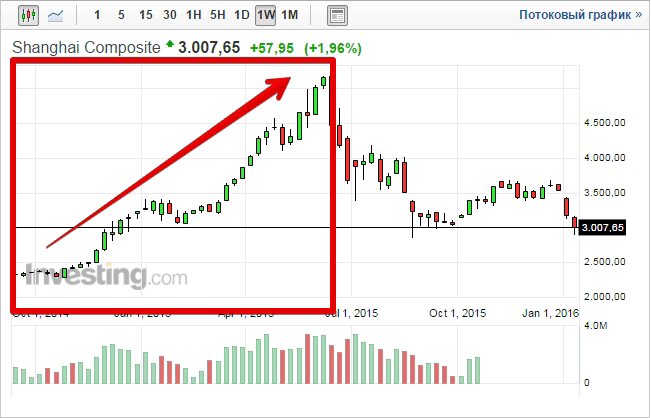 However, June 2015 was simply a fateful day for the Chinese economy. To be honest, this collapse was not due to some strong changes within the country, the outbreak of hostilities or a cataclysm, but due to a banal bursting of a soap bubble that had been inflating around this country for a long time.
However, June 2015 was simply a fateful day for the Chinese economy. To be honest, this collapse was not due to some strong changes within the country, the outbreak of hostilities or a cataclysm, but due to a banal bursting of a soap bubble that had been inflating around this country for a long time.
The thing is that the growth of investments in Chinese stocks and indices was so great that the real economic situation was no longer consistent with the infused funds. Simply put, we all observed the usual artificial growth in the indicators of the main indices and the growth of stocks due to real strong injections of investor money, and companies simply did not keep up with such growth.
Thus, the time came when the soap bubble simply burst and pulled the whole world with it. Due to the collapse of the Chinese Stock Exchange, we can observe a fall in the S&P 500 index, the Japanese Nikkei 225 index, and almost all world indices by an average of 8 percent.
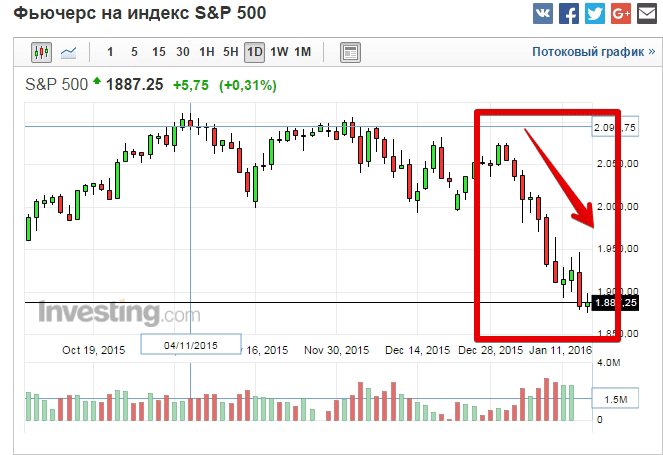
The story is the same with many large company stocks. Probably no one has ever seen such a picture:
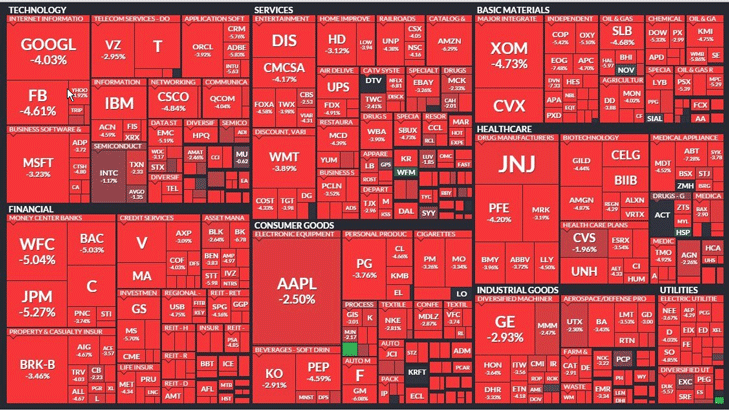 Despite all the actions taken by China to stabilize the situation, we can clearly see how their national currency is falling, and against the background of the yuan, the dollar has quite firmly consolidated its position:
Despite all the actions taken by China to stabilize the situation, we can clearly see how their national currency is falling, and against the background of the yuan, the dollar has quite firmly consolidated its position:
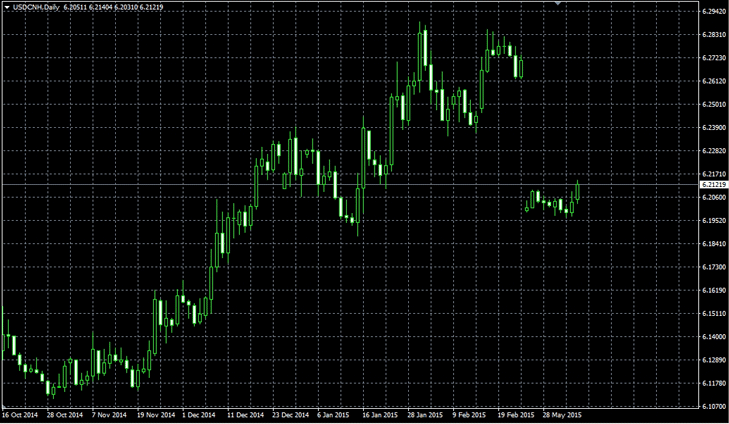 The same cannot be said about the US stock market; shares of the largest American corporations collapsed literally in a matter of hours.
The same cannot be said about the US stock market; shares of the largest American corporations collapsed literally in a matter of hours.
The Dow Jones fell by 5%, and the Nasdaq by 6%; such movements have not been observed for decades. The most likely reason for such a decline was that investors succumbed to panic and began to sell shares of American companies, thereby spurring the downward trend.
It is assumed that the price of assets of these companies can restore their previous positions within 1-2 years, almost to the previous level.
